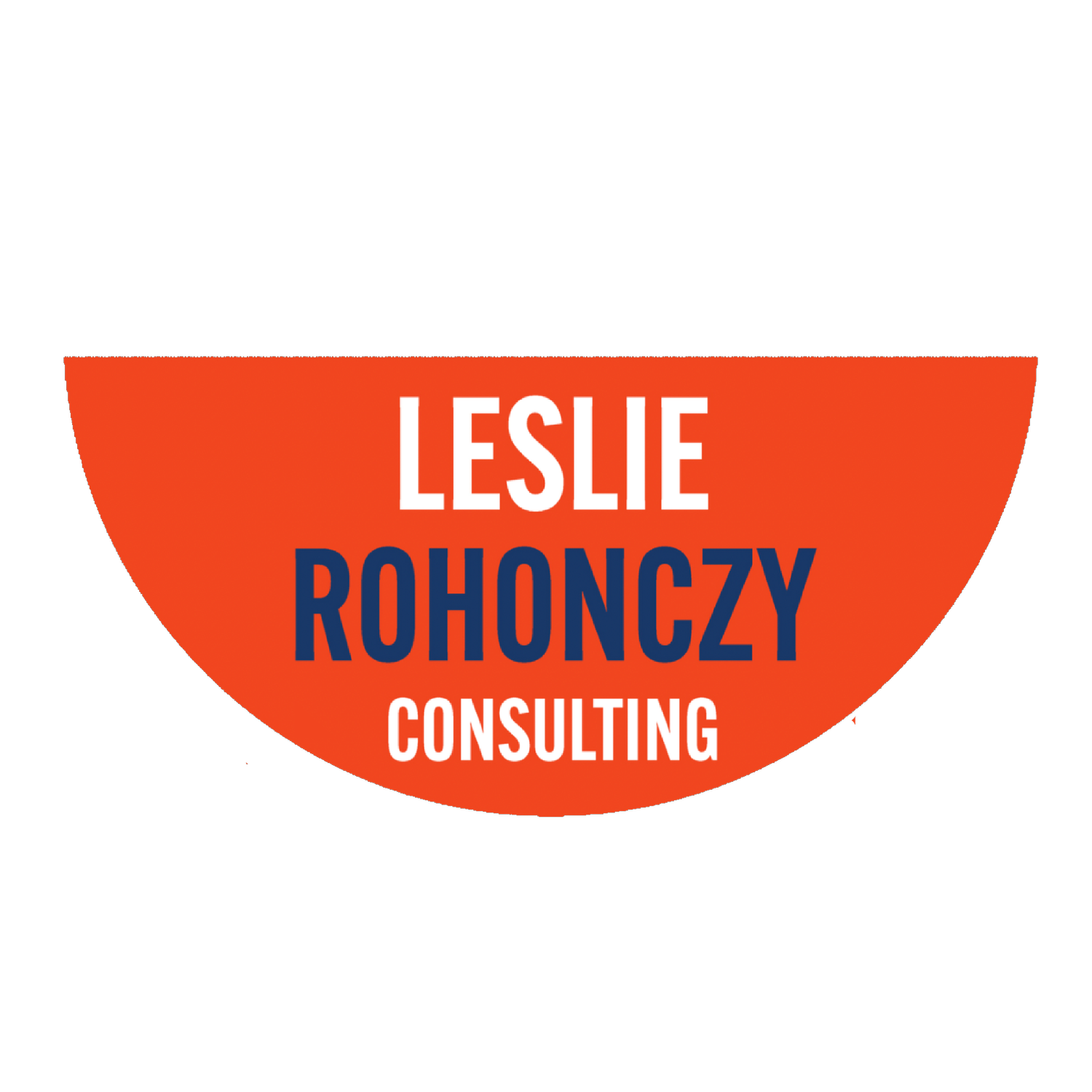Leslie Rohonczy, IMC™, PCC, Executive Coach, Leadership Expert, Speaker, Author
You’ve just been promoted, and you're now leading other leaders. Congratulations!
There’s a moment that comes for every newly minted 'leader of leaders' that’s rarely discussed and seldom taught. Your calendar is fuller, your meetings are longer, and suddenly the job of leading that once felt so natural now feels... oddly slippery.
You’re still a great leader. But something has shifted. You’ve moved from leading individual contributors to leading other leaders, and that changes everything. It messes with your rhythm, rewrites your role, and forces you to lead in ways that might feel unfamiliar, at least at first.
Most organizations (even the progressive ones) still treat this promotion like an upward hop, rather than a leadership leap. They assume that the skills that got you here (coaching, prioritizing, and delivering results) will automatically translate to success at the next level.
But if you're now managing people who manage people, let me be blunt: what got you the promotion is not what will make you successful in the new role.
THE JOB YOU HAD IS GONE.
Let’s name the real challenge: the stuff that made you feel competent, effective, and trusted, like knowing the details, solving problems, jumping in to fix things, can now get in the way.
You can’t be the fixer anymore. That’s no longer your job. Now, your focus is to grow exceptional leaders who can drive results through their people, while creating the kind of culture others want to be part of.
Let that land.
Your value isn’t in knowing everything. It’s in building strong people leaders who can both deliver results and foster inspired, healthy, high-performing teams of their own. That requires a specific mindset shift, some new skills and self-awareness, and healthy doses of humility and self-restraint.
FIVE THINGS THAT MATTER MORE NOW
Based on years of research, coaching leaders and their teams, and delivering in-the-trenches leadership development training, here are five critical shifts for leading other leaders well:
1. Coaching Matters More
This isn’t about performance feedback. It’s about capacity-building. You’re no longer coaching for technical skill or task execution; you’re coaching leaders to lead. That means helping them think strategically, build trust, hold others accountable, and develop their teams. It’s a different kind of conversation. And it’s the most powerful tool you have.
2. Thinking Matters More
You’re no longer paid for how much you do; you’re paid for what you think about. This means carving out space for strategic reflection: What’s coming around the corner? What’s not being said? Where are we leaking energy? And yes, that means letting go of firefighting to make room for longer-range, proactive thinking.
3. Your Example Matters More
If you’re still checking your team’s work, showing up to meetings you should have delegated, or reacting emotionally in a crisis, your managers are learning the wrong things. People don’t just listen to what you say, they watch what you model. What are you unconsciously teaching?
4. Conversation Matters More
At this level, there are fewer updates and deeper dialogue. Your one-on-ones are coaching conversations, not status reports. Your team meetings build cross-functional trust, and break down silos. Ask more powerful questions; talk less. Create the space where both ideas and people can grow.
5. Influence Matters More
At this level, your impact isn’t just vertical. It’s lateral and diagonal. How you show up with peers, the way you manage relationships across the organization, and how you model accountability will ripple outward. The power of your new position doesn’t come from proximity to the work; it comes from the strength of your insight and influence.
COMMON PITFALLS (AND HOW TO AVOID THEM)
From my coaching work and years of delivering leadership development training, here are the five traps newly promoted leaders of leaders fall into most often, and what to do instead:
Doing Instead of Delegating: Ask yourself daily, “Should I be doing this, or coaching someone else to own it?”
Managing Individual Contributors Instead of Managers: Step back. Let your managers manage. You’re building capability, not substituting for it.
Under-Leveraging Your First Team: Treat your leadership team (your peer group) like a team, not a collection of silos. They are your 'first team' now, not your direct reports, and you can leverage the hell out of each other to help you all lead more effectively (see my article on the power of PEER COACHING CIRCLES here).
Staying Too Operational: In this new role, you're flying at a higher altitude now, which allows you to see further ahead, and take in a wider horizon line. So look up! Think system. Zoom out before you zoom in.
Hiring Mini-Me’s: Resist the urge to hire people who think and act like you. Diversity of style, thought, and experience makes your team stronger.
A QUICK CHECK-IN FOR NEW LEADERS OF LEADERS
Are you coaching leadership skills or correcting deliverables? If so, what's driving your need to stay in the weeds? What might help you raise your altitude?
Do you spend more time on strategy or task triage? How is your natural preference helping or hindering the people leaders reporting to you?
How are you creating a true leadership team, and not just a collection of people who report to you?
What behaviours will you intentionally model, to let your managers know what great leadership looks like?
How might you be helpful, without getting involved in the working level weeds?
THE SELF-MANAGEMENT SHIFT
At the 'leading leaders' level, the biggest development gap isn’t skill; it’s self-management. It's learning to tolerate the discomfort of not knowing, not jumping in, and not being the hero. And it’s also the shift from delivering value to creating value. From knowing the answer to asking the better question.
That’s not just a promotion. That’s a transformation.
If you're stepping into the new world of leading leaders, here's your invitation to recalibrate. If you're ready to grow your confidence, build your strategy muscles, and develop the leaders below you, reach out for a free consultation conversation. Let’s make sure you’re ready for one of the biggest mindset shifts you'll ever make in your leadership journey.



